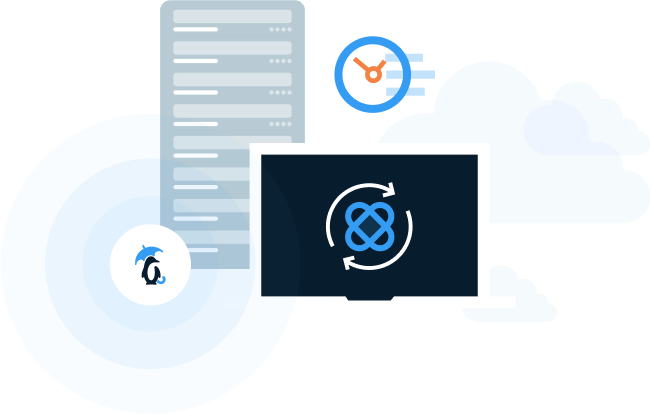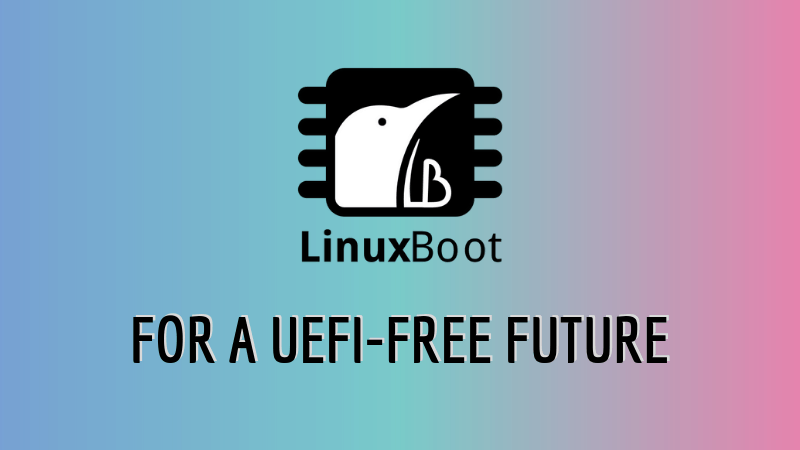Originally posted by dkasak
View Post
Depending on what language your app is written in you may also not need the entire GNOME runtime, since the freedesktop runtime already has GTK installed for C usage.




Comment